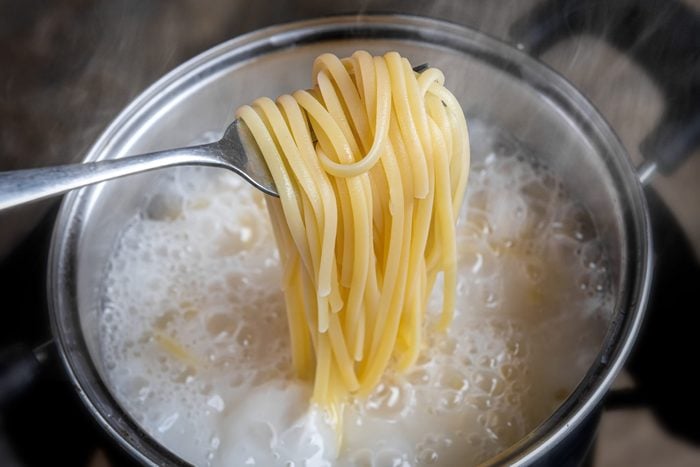
Do: Add Pasta to Boiling Water
Most pasta recipes are relatively simple, but they do require patience while you wait for the water to boil. It can be hard to wait—especially when you’re hungry—but adding pasta to water that isn’t boiling is a bad idea. It will cause the noodles to stick together. Here’s the difference between boiling vs. simmering.
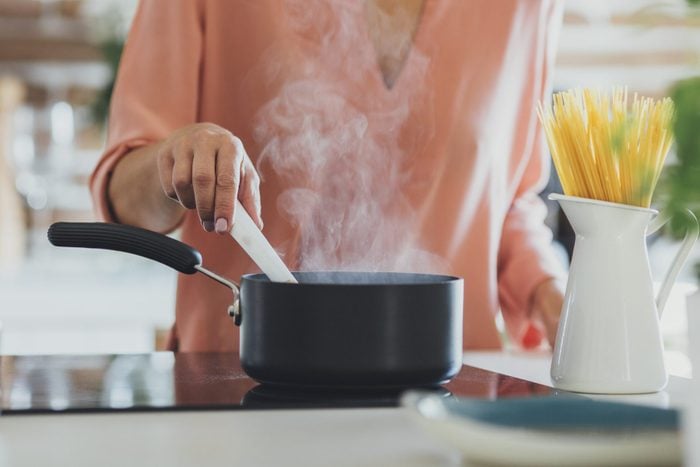
Don’t: Forget to Stir
Unless you like clumps of spaghetti that stick together, stir the pasta while it’s cooking. Stir the pasta as soon as it hits the water and again in the middle and toward the end of the cooking time. The last thing you want to do is drop in your noodles and walk away for 10 minutes.
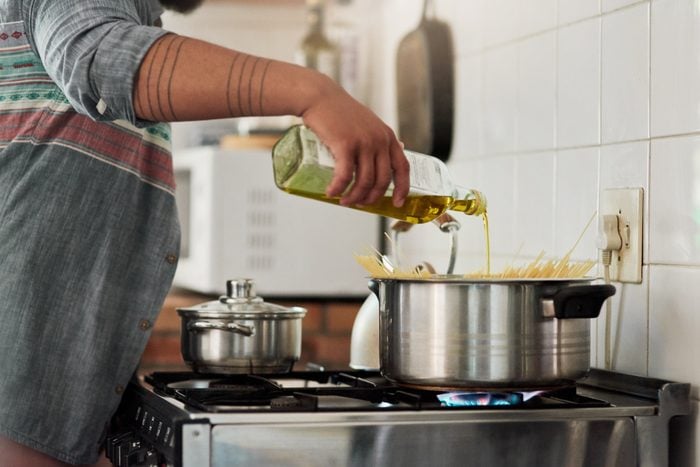
Don’t: Add Olive Oil to the Water
Yes, the oil coats the noodles, ensuring they won’t stick together. But it also prevents the sauce from adhering to the noodles. That leads to a pile of bare noodles surrounded by sauce—not ideal. You can add olive oil to the water if you’re not tossing the pasta with sauce.
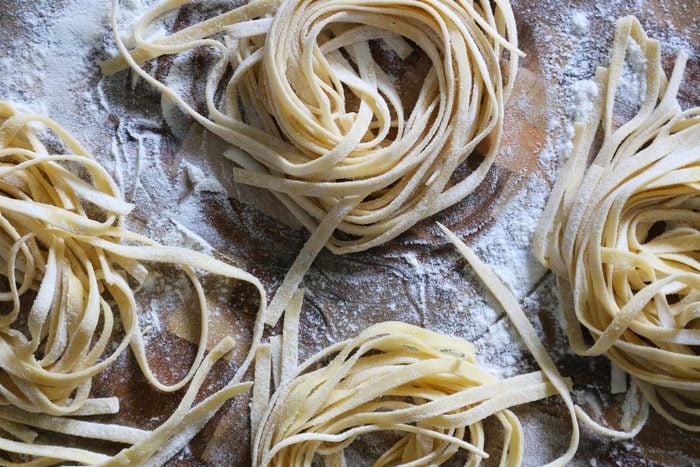
Do: Dust Fresh Noodles with Flour
When making homemade pasta, it’s crucial to use plenty of flour or semolina. The fresh pasta releases moisture as it sits, causing the noodles to clump together irreparably. Dust the sheets of dough before you cut them, then flour the cut noodles again before portioning them.
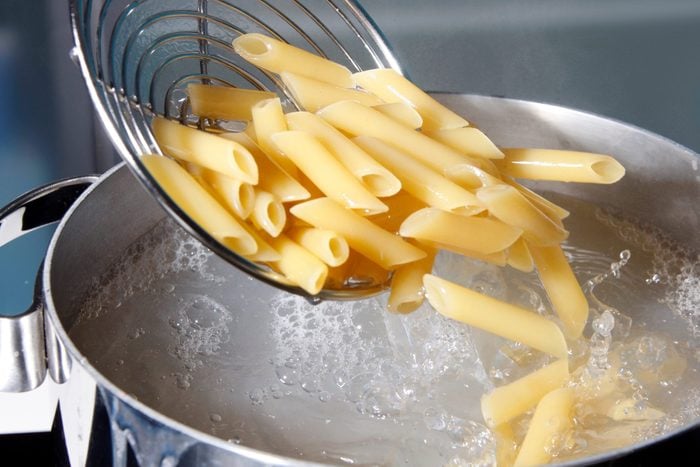
Don’t: Cook the Pasta Ahead of Time
If your noodles are done before the pasta sauce is ready, they’re bound to stick together in the colander. You can toss the pasta with a small amount of oil, but that will prevent the sauce from clinging to the pasta. You could run the noodles under cold water, but that also rinses the starches that help the sauce adhere.
Instead, time your cooking so you’re ready to combine the noodles with the sauce as soon as they come out of the boiling water.
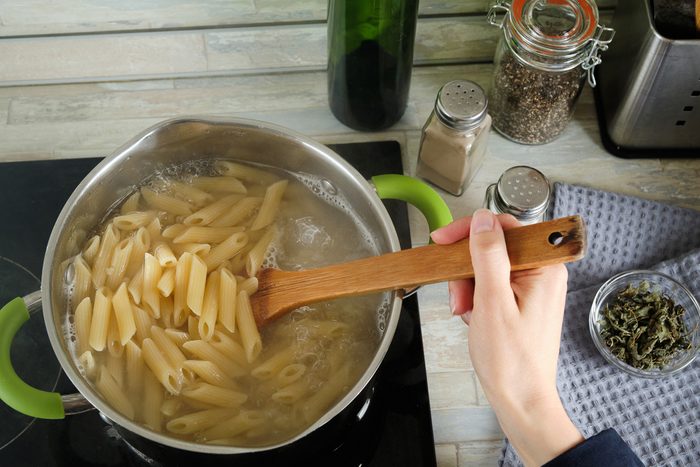
Do: Use Plenty of Water
Pasta cooks best when it has enough space to expand. Don’t force your noodles into a tiny pot with barely enough water. The pasta will release starch into the water as it cooks, causing a sticky situation without enough water. We recommend 3 or 4 quarts of water per pound of pasta—and a pot that can hold it all without boiling over.
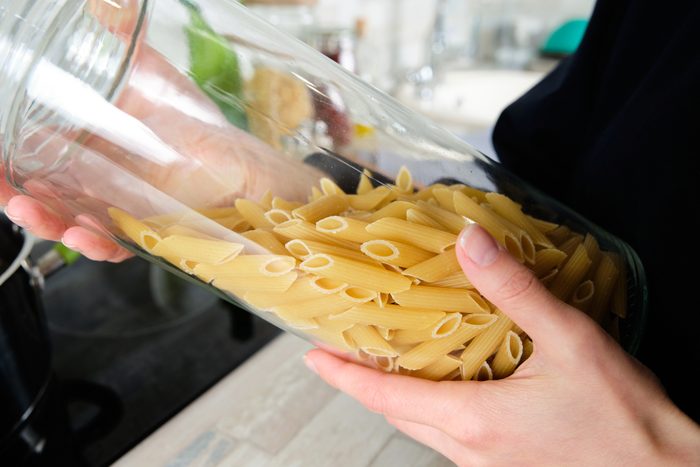
Do: Measure Your Pasta
It’s easy to overestimate how much pasta you need. Instead of dumping in the whole box, take the time to measure proper portions. For small shapes, you’ll want about 1 heaping cup of dry pasta per person. For long noodles, use this nifty pasta measuring tool. You can also use a kitchen scale to weigh out servings—about 2 ounces per person.
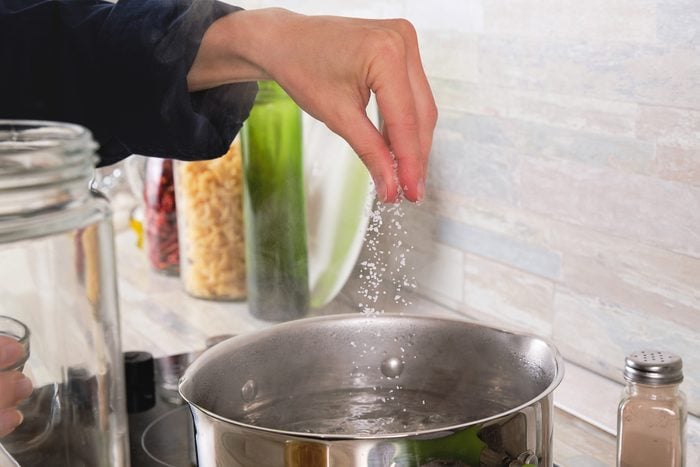
Don’t: Skimp on Salt
It won’t keep the pasta from sticking together, but do salt the cooking water to create flavorful pasta. Grab your measuring spoons and add about 1-1/2 tablespoons of salt for every pound of pasta. Learn more about how to salt pasta water the right way.
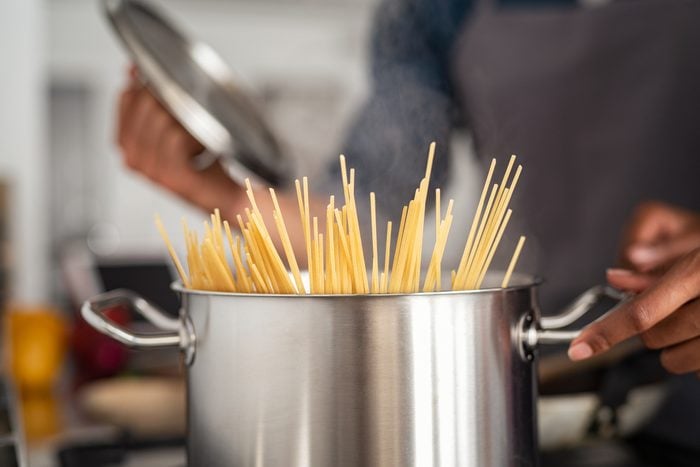
Do: Keep Long Noodles Intact
Breaking long pasta, like spaghetti or linguine, does help it fit into the pot, but it’s not the best practice. Instead, place one end of the pasta in boiling water and use a spoon to gently submerge the noodles as they soften. You also want to make sure you have—you guessed it—a big enough pot. Use your new skills to whip up one of these linguine recipes.
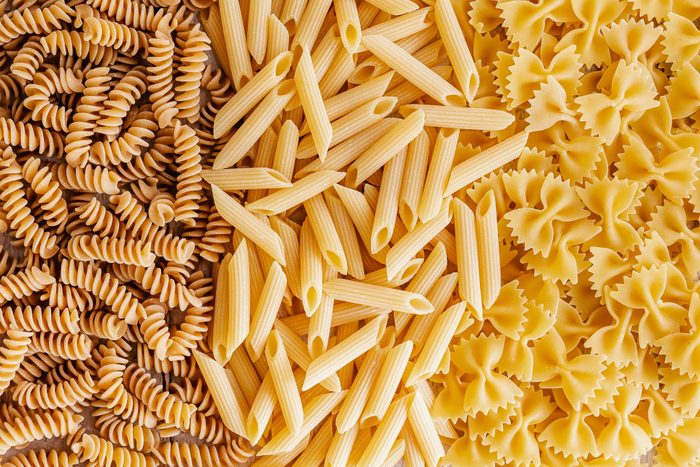
Do: Match the Pasta Shape to the Sauce
Most of us know that fettuccine pairs well with thick, decadent sauces (hello, homemade Alfredo). But what about other pastas? Make sure you’re pairing a complementary sauce to your noodles’ shape: wide noodles with rich sauces, thin noodles with delicate sauces and thick, tube-like pasta for baked dishes. Don’t miss our guide to pasta shapes.
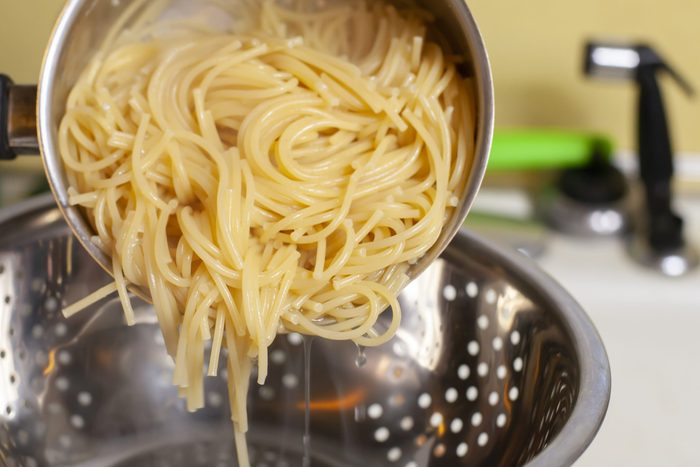
Don’t: Under (or Over) Cook the Pasta
We’re not sure which is worse: chewy, tough pasta with a hard center or mushy, soft pasta that’s completely overcooked. Find that sweet spot by learning to cook your pasta al dente. Keep an eye on the pasta as it boils and check it frequently. The suggested cook time stamped on the box may not always be accurate. Practice this skill with our best pasta recipes.
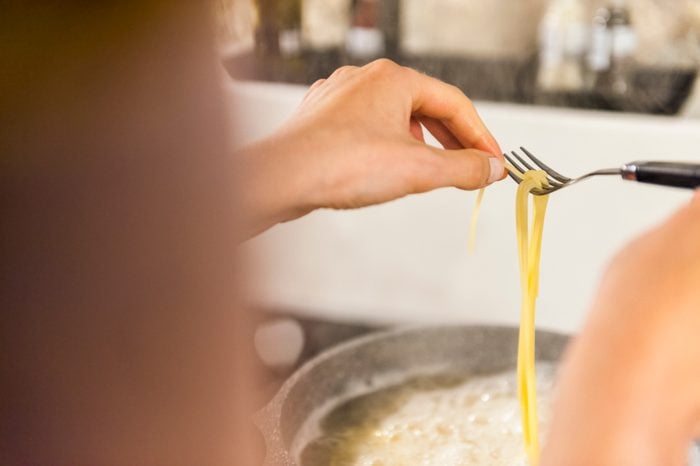
Do: Taste as You Go
Professional chefs are so good at what they do because they taste their creations all the time. Before you commit to draining an entire batch of pasta, sample a noodle or two to make sure it’s cooked to your liking. The easiest way to fish out a single strand of pasta? Grab a good pair of long-handled tongs.
